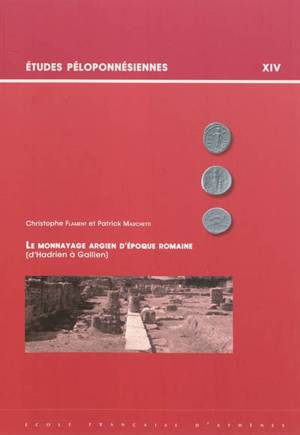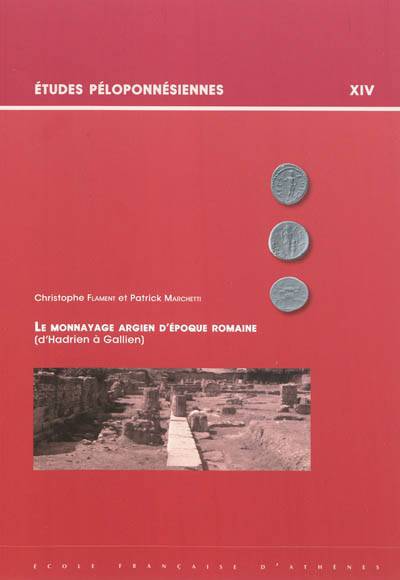
- Afhalen na 1 uur in een winkel met voorraad
- Gratis thuislevering in België vanaf € 30
- Ruim aanbod met 7 miljoen producten
- Afhalen na 1 uur in een winkel met voorraad
- Gratis thuislevering in België vanaf € 30
- Ruim aanbod met 7 miljoen producten
Omschrijving
Le corpus monétaire d'Argos est l'un des plus intéressants de la Grèce impériale, par la variété des types qui ornent les différentes émissions autant que par la durée du monnayage. Deux groupes asymétriques le constituent, qui correspondent à deux périodes bien distinctes : la première, qui s'étend d'Hadrien à Marc Aurèle, offre des points d'appui nouveaux à l'exploitation de Pausanias ; la seconde, qui se développe surtout à partir du règne de Septime Sévère, voit s'altérer le programme initial et se réduire progressivement le nombre des images, tandis que le maintien de la production jusqu'au règne de Gallien offre à l'histoire des dévaluations du IIIe siècle des jalons majeurs. La comparaison avec les autres ateliers du Péloponnèse permet aussi de repérer les quelques ateliers actifs à cette époque et de relativiser considérablement la portée des variations iconographiques d'une cité à l'autre, comme en témoigne notamment la comparaison systématique des images reproduisant le Palémonion de Corinthe et le nymphée d'Argos.
Due to its longevity and to the great variety of types that adorn the different issues, the Argive monetary corpus is undoubtedly one of the most interesting of Impérial Greece. It is composed by two asymmetrical groups, each corresponding to a distinct period : the first one, stretching from Hadrian to Marcus Aurelius, opens up new possibilities for the interpretation of Pausanias ; the other, starting mainly under the reign of Septimius Severus, saw a deterioration of the initial program and a steady reduction in the number of images, while the uninterrupted production of coins until the reign of Gallienus provides a major landmark for the history of the 3rd century devaluations. A confrontation with other Peloponnesian mints allows us also to determine the few mints that were still active at the time and to considerably relativize the extent of iconographic variation between cities, as can be evidenced by a systematic comparison of the images showing the Palaemonium in Corinth and the Nymphaeum in Argos.
Specificaties
Betrokkenen
- Auteur(s):
- Uitgeverij:
Inhoud
- Aantal bladzijden:
- 135
- Taal:
- Frans
- Reeks:
- Reeksnummer:
- nr. 14
Eigenschappen
- Productcode (EAN):
- 9782869582347
- Verschijningsdatum:
- 15/06/2011
- Uitvoering:
- Paperback
- Formaat:
- Trade paperback (VS)
- Afmetingen:
- 210 mm x 300 mm
- Gewicht:
- 1101 g

Alleen bij Standaard Boekhandel
Beoordelingen
We publiceren alleen reviews die voldoen aan de voorwaarden voor reviews. Bekijk onze voorwaarden voor reviews.











